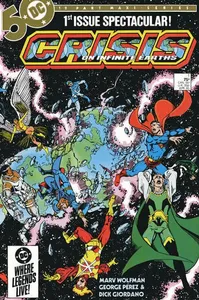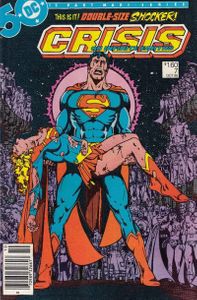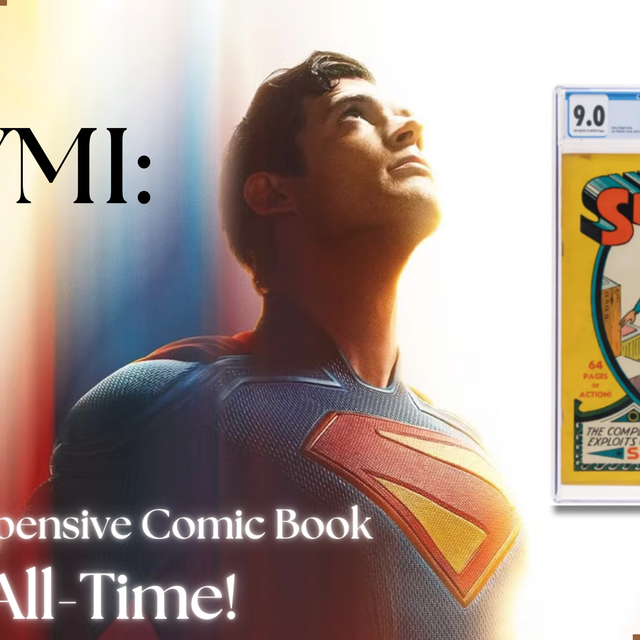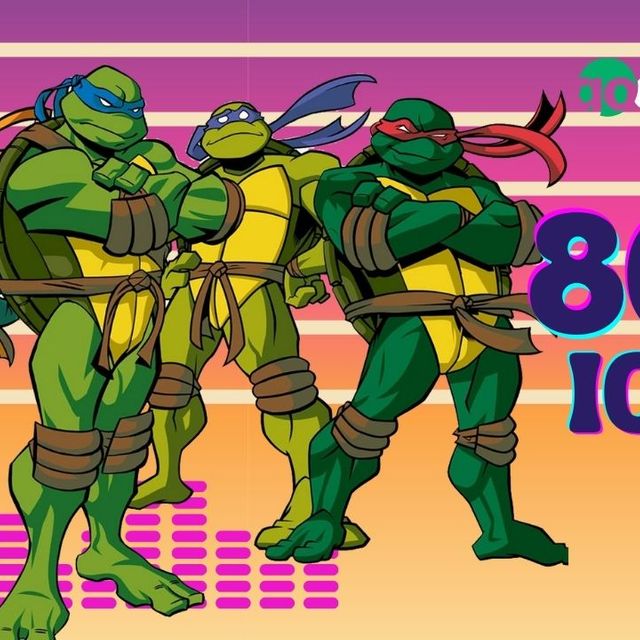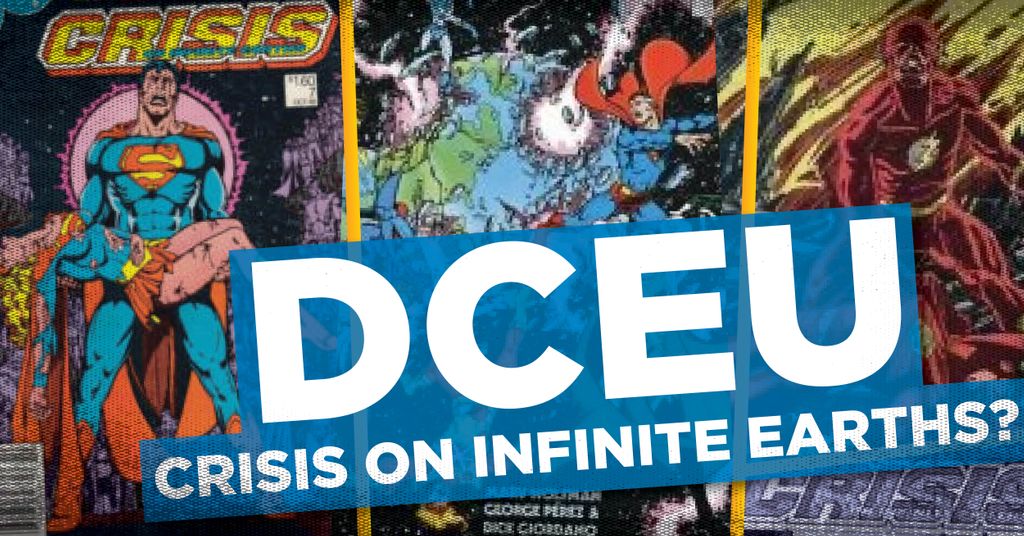
We know The Flash will see its titular hero traverse the Multiverse. Along the way, he will encounter variants of himself as well as a new Supergirl and both Ben Affleck and Michael Keaton as Batmen. Where could it all be headed? This sounds an awful lot like the premise for Crisis on Infinite Earths.
No one does a crossover event quite like DC Comics. One of their staple events has been the three Crisis limited series. As good as Geoff Johns’ Infinite Crisis and Grant Morrison’s Final Crisis were, the penultimate remains Crisis on Infinite Earths. The 12-issue series redefined DC’s Earth-One comics and established a single DC universe that we’re seeing unfold in the DCEU. The real legacy of Crisis is that it set the bar for all crossover events to follow.
WHAT IS CRISIS ON INFINITE EARTHS?
The principal idea is that the Anti-Monitor is waging war on the DC Multiverse. In reality, this was a way for DC’s editorial staff to cull the various Earths and universes in order to establish Earth-One as the one and only home for the company’s characters. It resulted in a well-crafted story that defied reader expectations, especially with the number of superhero deaths.
The series remains popular among collectors, particularly these three issues.
CRISIS ON INFINITE EARTHS #1
When it comes to event comics, the first issue will garner high sales upon its initial release, but the collectability falls unless there’s a first appearance.
In this case, Crisis #1 saw the DC debut of Ted Kord as the Blue Beetle, a character acquired when DC purchased the Charlton Comics properties.
Along with Kord, the issue featured the premieres of Pariah, Alex Luthor, and the Monitor. Last month, a graded 9.8 sold for $180, though most copies tend to stay closer to the $140 mark.
CRISIS ON INFINITE EARTHS #7
This has long been the most famous of the Crisis issues thanks to George Perez’s iconic cover art.
The image of a distraught Superman carrying the body of his cousin, Kara Zor-El, has been homaged many times over the years.
While Supergirl obviously didn’t stay dead, this was still one of the more impactful character deaths of the past 40 years, and a silver screen Crisis on Infinite Earths would likely feature this moment.
For the past 90 days, the graded 9.8 has averaged over $200, so there’s definitely interest in Crisis #7. On April 3, one copy brought a year-high $345.
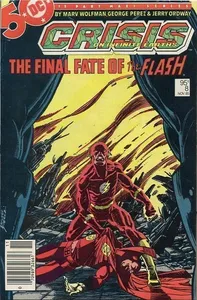 CRISIS ON INFINITE EARTHS #8
CRISIS ON INFINITE EARTHS #8
One of the hallmarks of Crisis on Infinite Earths was the number of deaths. Besides Supergirl, the original Monitor also bit the dust, making way for the much cooler Anti-Monitor.
One of the biggest deaths of the series that gets overshadowed by Supergirl’s demise is that of Barry Allen. The Silver Age Flash died in the pages of Crisis #8, and he wouldn’t return for 23 years in Final Crisis: Rogues’ Revenge #3.
Typically, this comic sells for $100-$150 for a graded 9.8, but March 30 saw one jump to $200.
CRISIS ON THE BIG SCREEN
Between Marvel and DC, the Multiverse itself has become the biggest star in all of superhero movies. It makes anything and everything possible, and it has been the focus of many comic book crossovers. When it comes to crossovers, Crisis on Infinite Earths is the grandfather of them all. Bringing this story to the DCEU only seems natural.
The Arrowverse did a small-scale adaptation that crisscrossed between all the CW shows, but it would be nothing compared to a major cinematic Crisis on the movie screen. That could very well be the direction DC is headed.
What do you think? Let us know in the comments!
*Any perceived investment advice is that of the freelance blogger and does not represent investment advice on behalf of GoCollect.
